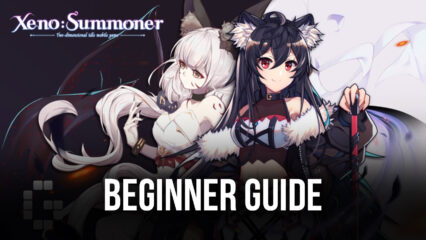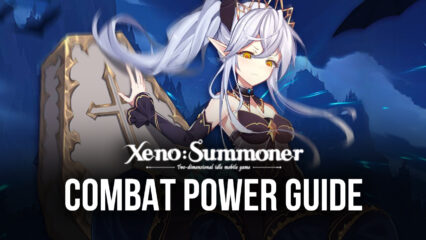Xeno: Summoner - A Guide to Teambuilding

Building the perfect team in Xeno: Summoner is the ultimate goal for most players. The game features dozens of unique characters that they can include in their teams, each with advantages and disadvantages. Understanding how to cover each character’s disadvantage by using another hero’s advantage is the core strategy that players need to know about when building their first team. This teambuilding guide aims to give players a basic idea of how to do that.
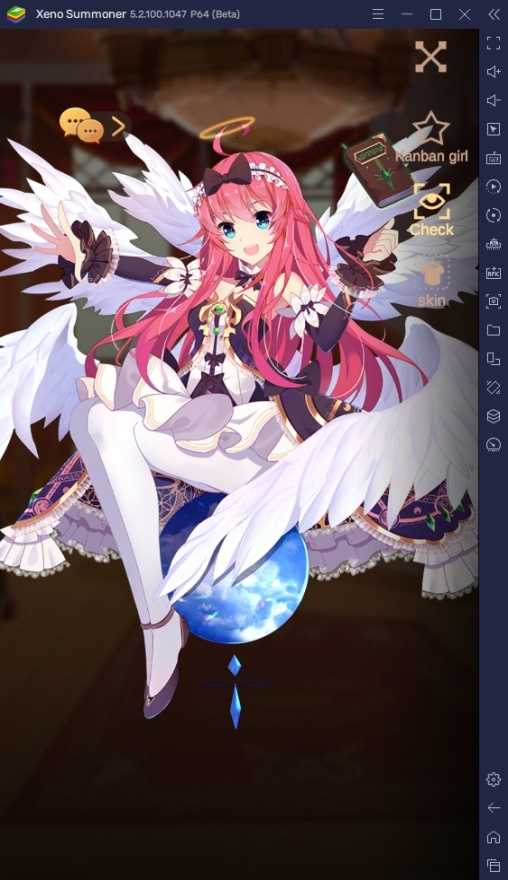
Each character in Xeno: Summoner was designed to be unique in their way with differences including rarity, role, class, skills, abilities, and many more that we’ll be discussing in this guide. While you may be tempted to place the strongest-looking units in your collection on your team, there’s a right way to build your team to maximize their efficiency in combat, especially in PvP. Here are some of the things that you’ll need to keep in mind when building your team in this game:
Understanding Roles
Each character has a specific role in the team. Xeno: Summoner doesn’t have a clear way to tell what class and the role the characters have, but you can take a good guess by reading their character description and abilities. Once you determine each of the heroes’ roles, it’s a good idea to balance out your team by having at least one hero from every class in your lineup to balance out the amount of damage you deal with survivability and utility.
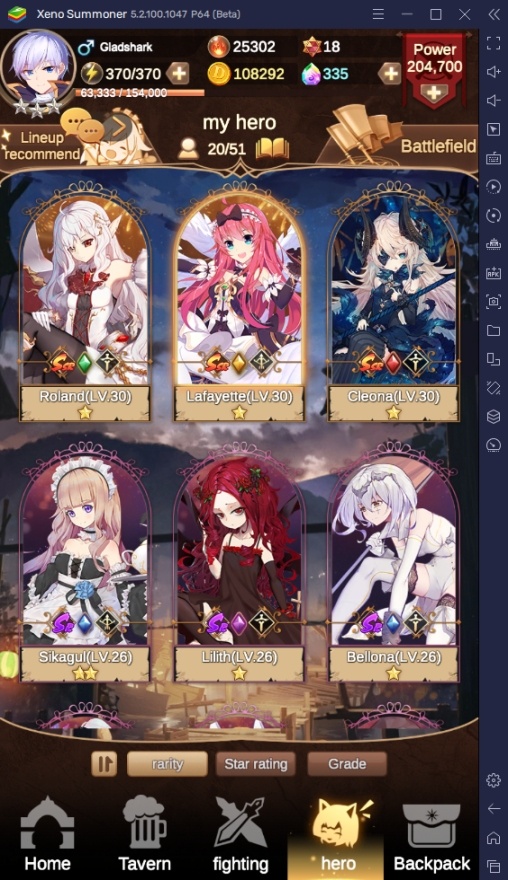
Roles include tanks, magic damage dealers, physical damage dealers, and support. Having at least one of each of these roles will allow your team to do the most damage while staying alive against an equally strong team. Having a pure damage team is the biggest mistake you can make as a beginner because you’ll notice that your team keeps dying quickly despite looking “strong” on paper. Survivability is one of the essential factors in making a team, so don’t take it lightly.
Lineup Formation
Adjusting your lineup formation is another important factor when building your team. This refers to your heroes’ position, which is relevant in action combat mode and PvP. For example, the most obvious decision is to place all your tanks and melee attackers in the front row while keeping your supports, mages, and ranged attackers in the back row. Remember that units in the front row are attacked first, so it’s better to have units with high health and defenses in front.
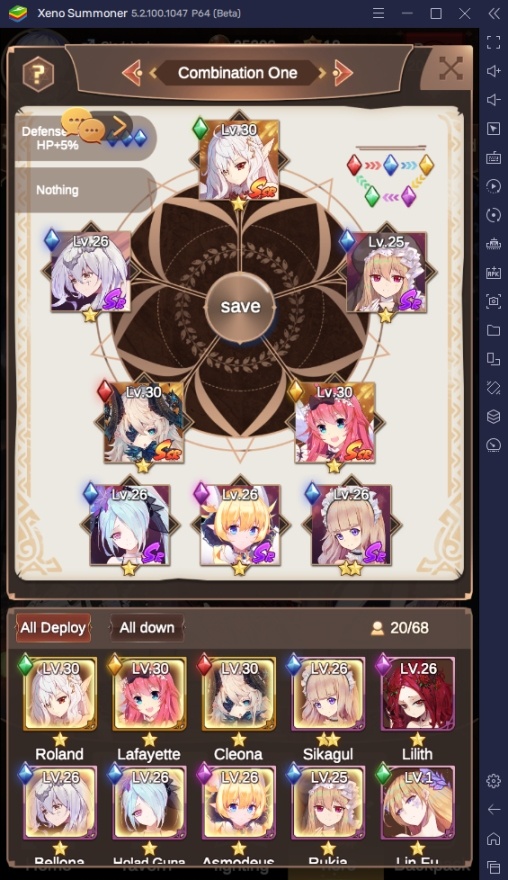
You can go to the Hero tab and click on the Battlefield option to show your current lineup. You’ll notice that all of the positions are labeled according to their position, so you shouldn’t have difficulty placing which units in the right place. You can click on a hero to remove them from their current position. If you think you’ve made the wrong assumption about a hero’s role in your lineup, don’t be afraid to keep changing until you’ve found the perfect position for your team.
Hero Affinity
Hero affinity is a core feature in teambuilding since it forces players to think about which units they want to put in their teams. Each hero is classified under a specific affinity, which you can check by looking at the color of the crystal on their hero portrait. The crystal can be found in the middle of the rarity icon and hero class on the hero portrait. You should build your team according to the affinity bonus or by countering the affinity bonus of an opposing team in the arena.
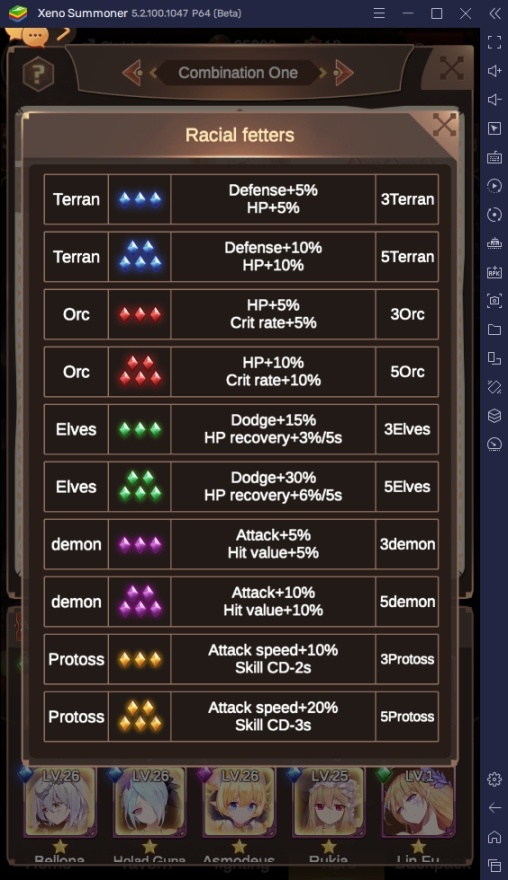
The affinity system works by having a strength vs. weakness system, similar to many turn-based RPGs like Pokemon. All your heroes also get a passive bonus depending on the number of heroes having the same affinity in the team. There’s a small graph showcasing each affinity’s strengths and weaknesses, so study that to prepare yourself in the PvP arena. Most players like to balance all affinities, but some want to run mono-colored teams, so it’s easy to counter them with a strong team against that affinity.
Main Team vs. Backup
The lineup for PvE adventures is unique because you can call assistants in addition to your primary team. This is relevant if you’re having difficulty proceeding to the following map. However, it’s important to note that this isn’t always relevant because the map exploration doesn’t always have an active combat scenario. We’ve discussed Map Exploration a little bit in our Beginners’ Guide, so check that out if you want to know more about the fundamentals of playing the game or are having a tough time understanding the game.

When adding assistants to your team, it’s good to add backup support and ranged DPS because those are the units that usually go down in a fight. Tanks can’t always hold off all the enemy units, especially if they have assassins that come from behind the team. In this case, it’s a good idea to have secondary units that can carry the team if your primary units get taken out. Tanks are the worst unit to add as assistants because they are usually the last unit to die in the team.
Balancing Skills & Abilities
Understanding your units’ skills and abilities is also essential in teambuilding. This is in relation to the unit’s role, and class since skills play a direct part in knowing what the hero offers to the team. For example, a tank will have defensive abilities while support heroes will have either heals or buffs in their arsenal. If you’re building a team, you should have the right balance of skills and abilities in the team by taking a look at what each of your heroes offers.

You can read about each hero’s ability by going on their character tab. While skills and abilities don’t always dictate what role those heroes play in your team, it’s a good idea to balance them out according to your team’s needs. Some text may be mistranslated because of the poor job of translating the game, but you should take the time to decipher the meaning of each ability.



